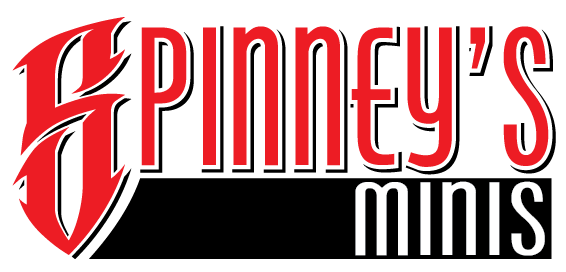3D printing has revolutionized manufacturing, prototyping, and even hobbyist projects. The two most common types of 3D printing are Resin (SLA/DLP/LCD) and FDM (Fused Deposition Modeling) printing. Each has its strengths and weaknesses, making them suitable for different applications. Below is a detailed comparison of both technologies:
1. Printing Technology
- Resin (SLA/DLP/LCD): Uses a UV light source to cure liquid resin layer by layer, creating highly detailed prints.
- FDM (Fused Deposition Modeling): Melts and extrudes filament through a heated nozzle, depositing layers to build the object.
2. Print Quality & Detail
- Resin Printing: Offers extremely high resolution with smooth surfaces and fine details, making it ideal for miniatures, jewelry, and dental applications.
- FDM Printing: Produces visible layer lines and lower resolution compared to resin but is sufficient for functional prototypes and large models.
3. Strength & Durability
- Resin: Typically more brittle than FDM prints. Engineering resins can be stronger but are often more expensive.
- FDM: Generally stronger and more impact-resistant, especially with materials like ABS, PETG, or reinforced filaments.
4. Material Options
- Resin: Wide variety of resins available, including standard, tough, flexible, and castable resins.
- FDM: Many filament types available, such as PLA, ABS, PETG, TPU (flexible), carbon fiber, and even wood-filled filaments.
5. Print Speed
- Resin: Faster for small detailed prints but slower for large models due to the curing process.
- FDM: Can be faster for larger prints, though speed depends on layer height and print settings.
6. Post-Processing
- Resin: Requires washing (in alcohol) and UV curing after printing. Can be messy and time-consuming.
- FDM: Minimal post-processing needed; supports may require removal, and prints can be sanded or painted if desired.
7. Safety & Environment
- Resin: Requires careful handling, as liquid resin is toxic. Proper ventilation and gloves are recommended.
- FDM: Generally safer, but some filaments (like ABS) emit fumes that require ventilation.
8. Cost Considerations
- Resin Printers: Higher initial cost for printers and resins; post-processing materials add to expenses.
- FDM Printers: More affordable entry-level options; filament is generally cheaper and more accessible.
9. Best Use Cases
- Resin Printing: Best for highly detailed miniatures, jewelry, dental models, and artistic prints.
- FDM Printing: Ideal for functional parts, large models, mechanical components, and everyday printing needs.
Which One Should You Choose?
- Choose Resin Printing if you need high-detail, smooth surface finishes and are willing to manage post-processing.
- Choose FDM Printing if you need strong, functional parts and prefer an easier, more cost-effective process.
Both methods have their place in the 3D printing world. The best choice depends on your specific needs, budget, and willingness to handle post-processing.
